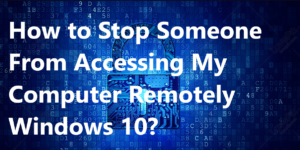The world of IoT, or the Internet of Things, is rapidly expanding, and one of the most exciting developments is the growth of remote IoT applications. Imagine being able to monitor, control and automate devices from virtually anywhere in the world, opening a wealth of possibilities for both businesses and individuals alike.
With the help of remote IoT applications, you can easily manage and track devices in real-time, giving you instant access to valuable information and enabling you to make smarter decisions. From streamlining supply chains to revolutionising healthcare, the potential uses for this technology are limitless.
So, as you explore the world of remote IoT applications, just imagine the incredible opportunities they can bring to your life and your business. Embrace this cutting-edge technology and unlock the true power of the connected world.
Understanding IoT
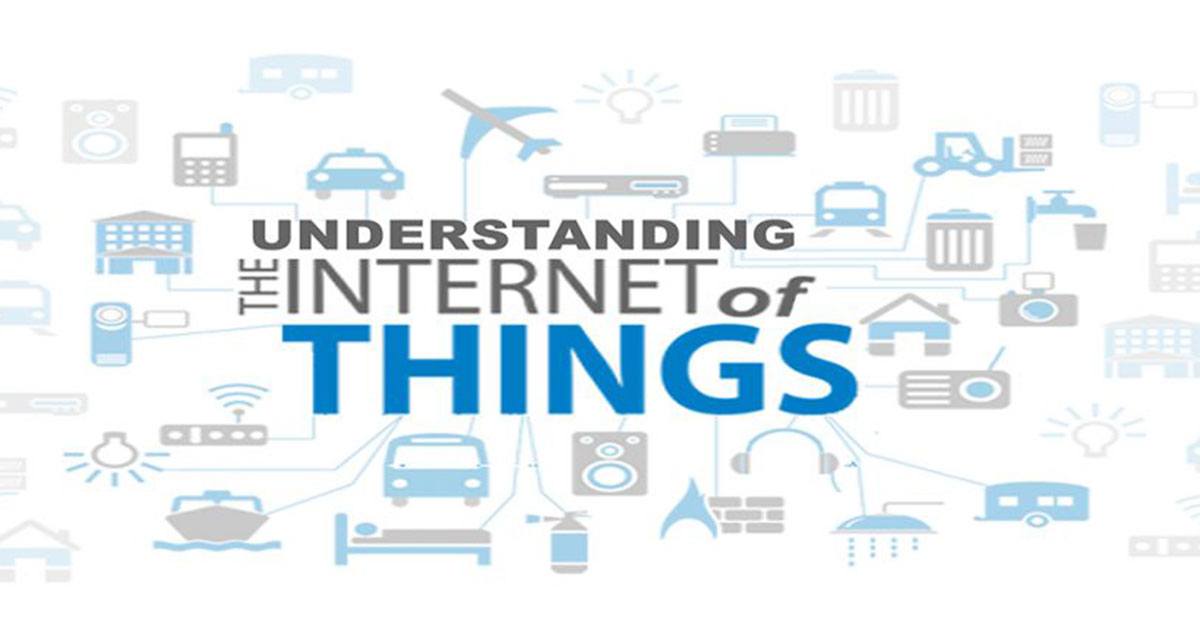
The Internet of Things (IoT) is an ever-growing network of physical devices that communicate and exchange data with each other. It encompasses various devices, sensors, and connectivity options that help you to streamline processes, improve efficiency, and enhance customer satisfaction. In this section, we’ll explore the principles of IoT and the crucial role connectivity plays in IoT systems.
Principles of IoT
IoT revolves around devices and sensors that make up the system’s backbone. These devices, often called “smart devices,” are now a part of everyday life, including home automation systems, health monitoring, and environmental tracking. They gather real-time data, which is then analysed to make informed decisions through automated processes or with your input.
At the core of IoT is the concept of seamless and efficient data exchange among devices. The vital aspect of this idea is networking, creating connections between intelligent devices to enable communication and data sharing. With remote IoT applications, you can now manage multiple devices connected to the same network through one central platform, making the whole process easier and more efficient. There are a handful of benefits of IoT remote monitoring.
Connectivity in IoT
One essential feature of IoT systems is connectivity. The Internet of Things cannot function efficiently without a robust connection between devices, making data gathering and sharing easy. Various methods are used to enable this, including Wi-Fi, Bluetooth, mobile networks, and satellite communications.
Each of these technologies offers unique benefits depending on the scope and requirements of your IoT project. With the right choice of connectivity method, you can maximise the value of your IoT system and enjoy various other benefits.
Role of Data in IoT
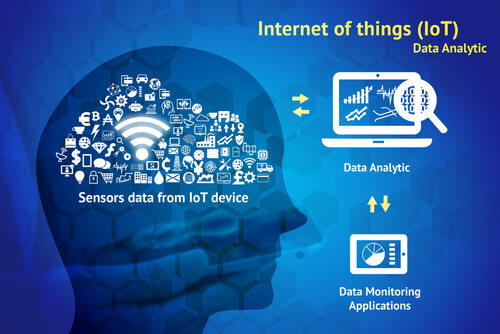
Remote IoT applications have changed how we interact with our environment and collect data to make informed decisions. In this section, we will explore the role of data in IoT and how it shapes the future of technology. We will delve into real-time data, data collection and management, and how these aspects play a crucial part in the success of IoT solutions.
1. Real-Time Data
One of the most important aspects of IoT is the ability to monitor and control devices remotely with real-time data. This information can be used to make instant decisions, such as adaptive traffic control and connected navigation for transportation networks.
Real-time data provides valuable insights into the device’s performance, allowing you to identify issues and rectify them promptly. This improves the efficiency and reliability of IoT solutions while enhancing the overall user experience.
2. Data Collection
Remote IoT applications rely on a vast amount of data to function effectively. They collect data from sensors, devices, and other sources, providing a wealth of information on usage patterns, performance, and environmental factors.
Moreover, the data gathered from IoT systems can be used to improve the operational efficiency of various sectors, including manufacturing, transportation, and retail. For example, analysing data from customer interactions can help businesses understand their needs and preferences better, improving the overall shopping experience.
3. Data Management
With the vast amount of data generated by IoT devices, proper data management is necessary. This helps ensure the collected data’s integrity, validity, and security, allowing you to make accurate and informed decisions based on the information at hand.
Data management techniques include remote monitoring of data and performing analyses of data values, which offer higher security standards. Along with this, effective data management systems enable you to store, process, and analyse the collected data, ensuring it remains accessible and useful for decision-making purposes.
Integration of Remote IoT Applications in Different Fields
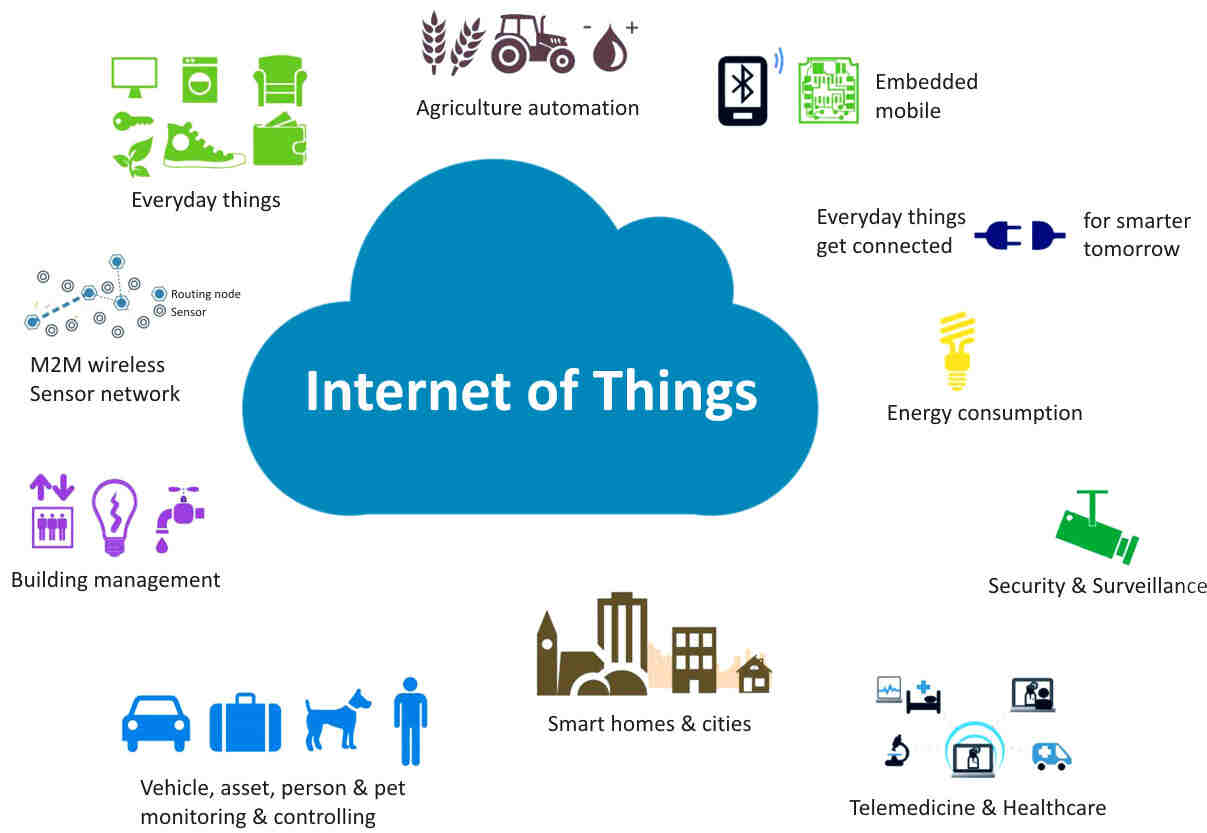
You might be wondering how IoT applications are shaping our world today. In this section, we will tell you how IoT is integrated into various areas like smart cities, healthcare, agriculture, retail, and enterprise asset management. Here are some of the Remote Iot applications that have had, and continue to have, a tremendous impact on our lives.
1. Smart IoT
Smart IoT is helping to build intelligent and interconnected urban environments. Smart cities have transformed our lives, making public services more efficient and accessible. With the help of IoT devices like sensors, cameras, and smart meters, smart cities can optimise public transportation, reduce traffic congestion, and enhance utility management.
2. Healthcare IoT
IoT has a significant impact on the healthcare industry as well. Wearable health tracking devices, remote patient monitoring, and automated medication dispensers are just a few examples of IoT applications in healthcare. These devices help medical professionals monitor patients from a distance, enabling them to provide timely and personalised care. For more information regarding all tech related queries, you can check out our page VirtueDesktops.
3. Agriculture IoT
IoT devices play a significant role in innovating agriculture, making it more sustainable, cost-effective, and efficient. Innovative farming techniques, including soil monitoring, precision agriculture, and livestock tracking, have helped modernise the industry—ioT-driven agriculture results in higher crop yields, optimised resource usage, and reduced environmental impact.
4. Retail IoT
In the retail sector, IoT has brought about ground-breaking changes. IoT technology provides businesses with data-backed insights, allowing them to streamline their supply chain operations and enhance customer experiences. These advances contribute to improved customer satisfaction and increased profits for businesses.
5. Enterprise IoT
By incorporating Remote IoT applications, companies can optimise their asset life cycles, improve equipment reliability, and track real-time data. The use of IoT within enterprise asset management results in reduced operational costs and enhanced overall efficiency. This allows companies to make informed decisions, promoting growth and innovation.
Smart Cities and Remote IoT Applications for Better Management
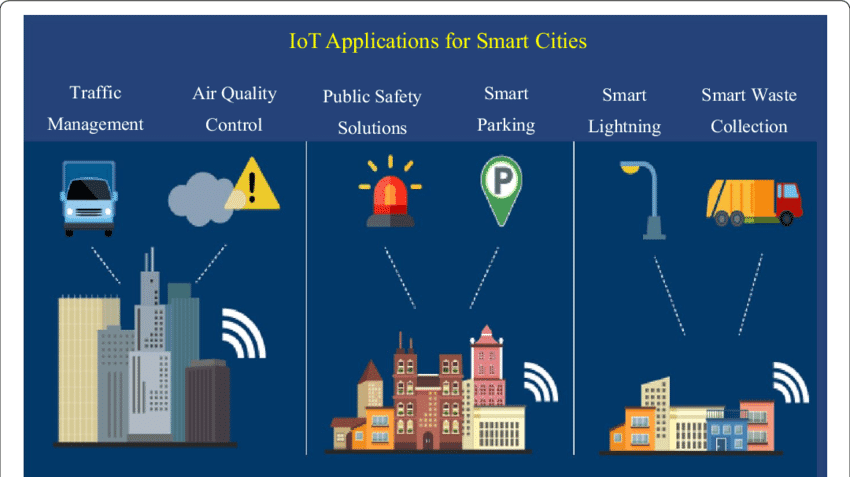
In this section, we’ll dive into smart cities and IoT, focusing on four sub-topics: traffic management, waste and water management, bright lighting, and parking. Here, we will discuss the current impact of IoT applications along with the improvement scope.
1. Traffic Management
In smart cities, IoT plays a crucial role in managing traffic. By utilising IoT-enabled sensors and devices, cities can monitor traffic flow and patterns in real-time, allowing for more efficient use of roads and traffic signals. An example of this can be seen in IoT applications for transport, where buses and trains are monitored to keep things running smoothly.
2. Waste and Water Management
Waste and water management is another critical aspect of smart cities. Remote IoT applications can help optimise the collection and disposal of waste, reducing overall waste production and enhancing resource recovery. Smart bins equipped with sensors can notify collection trucks when they require emptying.
Similarly, IoT-enabled water management systems can help monitor water consumption and identify leaks. This will not only help conserve our environment but also save money and resources.
3. Smart Lighting
IoT technology can also be employed to enhance street lighting systems in smart cities. By implementing sensors and adaptive controls, your city’s lighting infrastructure can respond to real-time conditions, like adjusting brightness based on traffic or weather conditions. This will ultimately lead to energy saving and a more sustainable city.
4. Smart Parking
Finding a parking space can be frustrating, especially in busy urban areas. In smart cities, IoT-enabled intelligent parking systems can assist you in locating available parking spaces and guiding you to them, saving time and fuel consumption. Sensors can be placed in parking lots to detect free spots and transmit this information to your mobile device.
Manufacturing and Remote IoT Applications
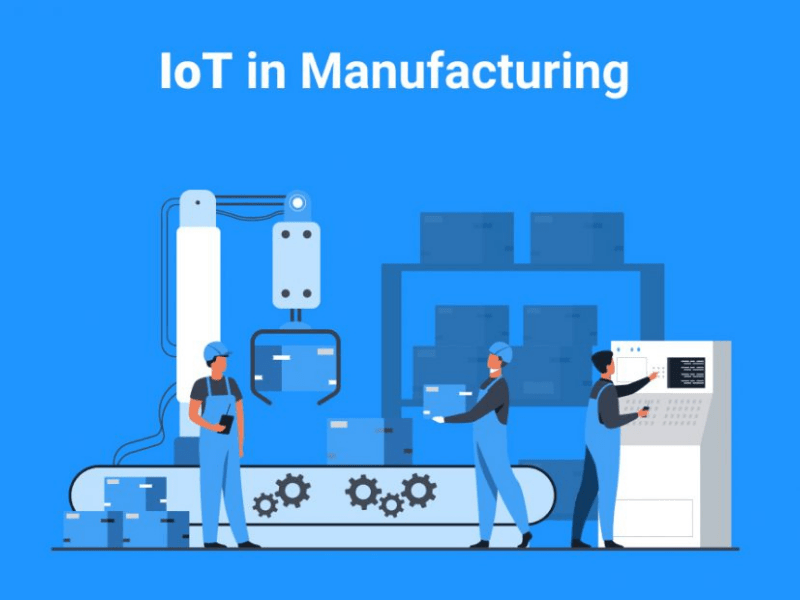
In today’s manufacturing landscape, Internet of Things (IoT) technology is critical in streamlining processes, reducing costs, and increasing productivity. There are several critical applications which can help you enhance your business operations. Here is how it can help the manufacturing field:
1. Asset Tracking and Management
Managing assets efficiently is essential for any manufacturing business. IoT enables you to accurately track and manage your assets in real time, ensuring their optimal use. Using IoT devices such as sensors, RFID tags, and GPS trackers, you can:
- Monitor the location of your assets
- Record their usage patterns
- Detect issues early on
- Improve preventive maintenance strategies.
2. Condition-Based Maintenance
IoT can also help you optimise your maintenance strategies by providing real-time information on the condition of your assets. Condition Based Maintenance (CBM) involves monitoring the performance and health of your assets continuously and performing maintenance activities only when necessary. This approach can help you:
- Prevent unanticipated breakdowns
- Extend the lifespan of your assets
- Reduce maintenance costs
- Maximise asset availability.
3. Predictive Maintenance
Predictive Maintenance (PdM) is another IoT application that can significantly benefit your manufacturing operations. PdM collects data from IoT sensors to predict potential failures and address them before they become critical issues. By implementing PdM strategies, you can:
- Minimise downtime
- Prevent costly equipment failures
- Improve resource management
- Enhance overall productivity.
Cloud Services and Remote IoT Apps
As you venture into the world of remote Internet of Things (IoT) applications, understanding the role of cloud services becomes crucial. Here we will tell you how cloud services facilitate IoT deployment in areas such as storage, logistics, data processing, and data analysis. Here we go!
1. Storage and Logistics
Cloud services offer scalable, secure, and flexible storage options that cater to your IoT application needs. With cloud-based storage, your devices can easily access and share data, regardless of their location, as long as there is internet access. This not only simplifies logistics but also helps in real-time monitoring and decision-making.
2. Data Processing and Analysis
Data generated by IoT devices often require rapid processing and analysis to glean valuable insights. Thanks to cloud services, you can now benefit from advanced data analytics tools that simplify this process for you. By leveraging cloud-based data processing capabilities, your IoT applications can efficiently handle large volumes of data, identify patterns, and make data-driven decisions.
Frequently Asked Questions
Q1. What are standard remote monitoring tools in IoT?
Remote monitoring tools in IoT enable you to keep track of your devices. Some popular remote monitoring tools include Azure IoT Hub, DevicePilot, and PRTG Network Monitor. These tools help you to connect, manage, and monitor your devices.
Q2. How can remote maintenance be facilitated using IoT?
IoT can make remote maintenance efficient and convenient. By integrating sensors and devices, your IoT infrastructure can detect potential issues. It also allows you to schedule maintenance work, track progress, and receive real-time updates.
Q3. What is an example of a remote monitoring system project?
An example of a remote monitoring system project is a smart city implementation which uses IoT sensors and devices to optimise traffic management, waste disposal, and emergency response services.
Q4. How can IoT devices be controlled and their gateways accessed?
IoT devices can be controlled, and their gateways can be accessed through various platforms. Typical platforms include cloud-based services like Azure IoT Hub and on-premise gateways. Additionally, communication protocols like MQTT, CoAP, and HTTP are also reliable to use.

